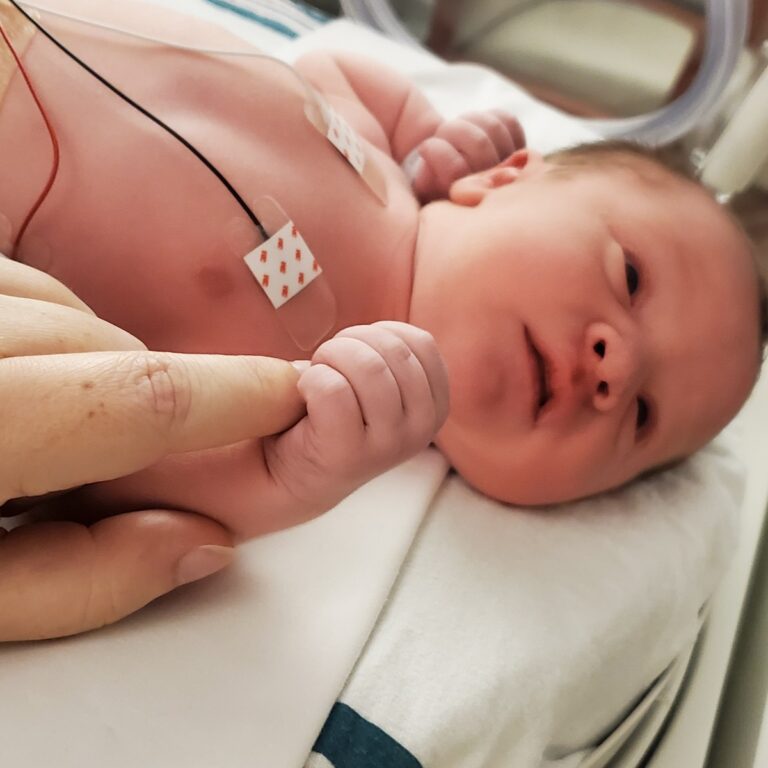Infertility Evaluation: Understanding Fertility Tests
An infertility evaluation is a step-by-step process that typically takes one to three months. By assessing both partners, specialists can determine the cause of infertility and recommend the most appropriate treatment options. While some fertility issues are easily detectable, others require in-depth testing.
Request an AppointmentComprehensive Fertility Testing
Female Fertility Testing
A woman’s fertility evaluation starts with a medical history review and diagnostic testing, including:
- Medical History: Menstrual cycle patterns, past pregnancies, birth control use, history of sexually transmitted infections (STIs), and any reproductive health concerns.
Key Diagnostic Tests for Women:
- Ovulation Assessment: Blood tests measure hormone levels such as follicle-stimulating hormone (FSH), estradiol, and thyroid-stimulating hormone (TSH) to determine ovarian function and ovulation regularity.
- Ultrasound Imaging: Transvaginal ultrasound evaluates ovarian reserve and uterine health.
- Hysteroscopy & Laparoscopy: Minimally invasive procedures that allow direct visualization of reproductive organs for detecting fibroids, endometriosis, or scarring.
At-Home Ovulation Monitoring:
- Basal Body Temperature (BBT) Tracking: Identifies ovulation patterns based on temperature fluctuations.
- Ovulation Predictor Kits (OPKs): Detects luteinizing hormone (LH) surges to predict ovulation.
Affordable Fertility Testing: Our $99 Fertility Check
Fertility testing shouldn’t be cost-prohibitive. Our $99 Fertility Check helps you make informed decisions about your reproductive health at an accessible price.
Male Fertility Testing
Male fertility assessment begins with a detailed medical history and diagnostic testing, including:
- Medical History: Past reproductive health conditions, STIs, injuries, medications, and lifestyle factors affecting fertility.
Key Diagnostic Tests for Men:
- Semen Analysis: Evaluates sperm count, motility, morphology, volume, and liquefaction.
- Hormonal Blood Tests: Measures testosterone, FSH, and other reproductive hormones.
- STI & Infection Screening: Tests for infections that may impact sperm health.
Additional testing such as sperm DNA fragmentation may be done on as medically indicated.
Next Steps: Personalized Fertility Treatment
Once testing identifies potential fertility challenges, treatment plans prioritize the least invasive options first. Common approaches include:
- Ovulation Induction: Fertility medications to stimulate ovulation.
- Intrauterine Insemination (IUI): Sperm is placed directly into the uterus to enhance fertilization chances.
- In Vitro Fertilization (IVF): Eggs are fertilized outside the body and implanted into the uterus.
- ICSI & PGT: Intracytoplasmic sperm injection (ICSI) assists with fertilization, while preimplantation genetic testing (PGT) screens embryos for genetic conditions.
Each fertility journey is unique. While some couples conceive with minimal intervention, others may require advanced reproductive technologies.





